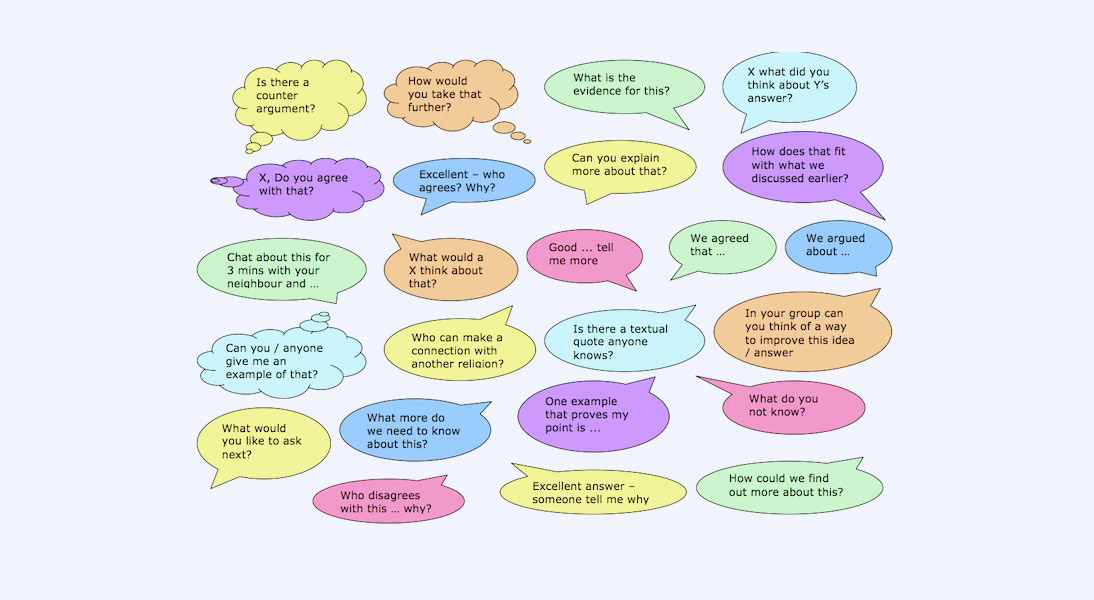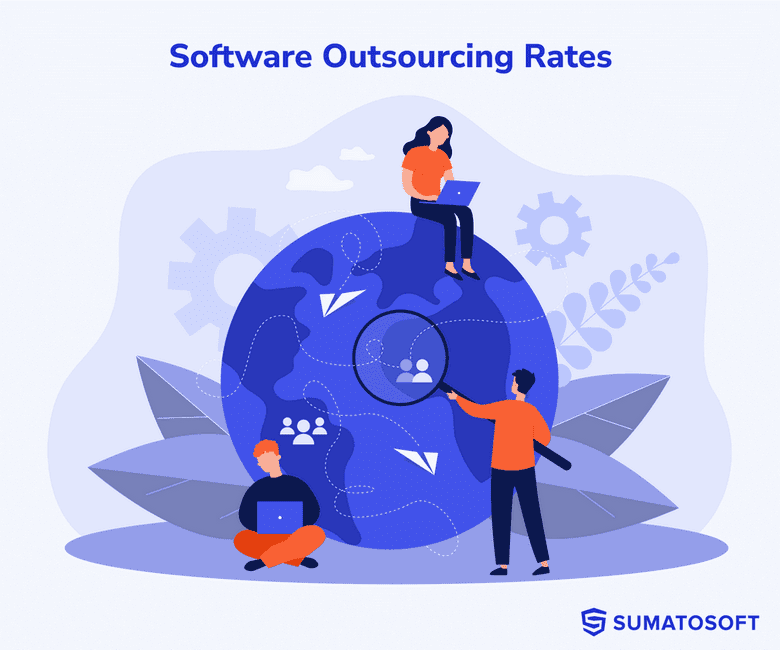How to Meet Customer’s Need or the Power of Asking Questions


No matter how obvious it may sound but the goal of any business is to meet customers’ needs. Whether it is a local grocery at the corner of a street or a large international company with comprehensive web solutions: all ventures pursue the goal of satisfying users’ needs.
Even though this common truth is widely known, not all companies become successful. The stumbling stone is the ability to find out and recognize the true challenges and desires of the target audience.
That’s where the ability to ask questions reveals its power. To reach the goals, the interviewer should be well-equipped with question technics, listen carefully, and be ready to accept any results and findings even if some of the preliminary assumptions do not hold true

What Makes Interview Good?
Here is a set of hints and tips which would help to distinguish between good and bad interviews:
1. Listen carefully
It is not a good sign when an interviewer talks more than a respondent. It might be tempting to start “selling” your idea but such an approach will not help to understand whether the potential customer likes it.
One of the most important rules is to listen carefully to what the respondent says rather than share your views and ideas. It will help to focus on customers’ habits, their likes, and dislikes, difficulties, and needs. As a result, a lot of valuable inputs can be received which would ultimately benefit your product.
One of the most popular and effective practices of listening is Active Listening. A short overview of the technique is described in the picture below.

2. Be structured
The communication between interviewer and respondent will be smooth if the talk is structured and you don’t “jump” from one topic to another forward and backward.
Be consistent and make sure that your conversation is logically structured. Of course, you cannot predict all questions which you will ask as many of them will be based on the information you find out during the interview, but make sure that the interviewee follows your train of thought.
3. Use the right questions
Use open-ended questions
If the conversation is based on close-ended questions, it is unlikely that any new valuable information will be uncovered. Close-ended questions usually limit the answers to a short single-worded response and do not help to build any extended conversation (Example: Do you usually drink tea or coffee?). Try to formulate open-ended questions in order to engage the respondent in conversation and get as much information as possible (Example: What do you usually drink?).
The obvious advantage of an open-ended question is that new unexpected information can be uncovered that you did not take into account before.
Ask about past and present
Questions about the future are not recommended in the interview because they will allow respondents to start imagining possible scenarios, share subjective opinions and make predictions. Such questions are misleading because they are not based on facts. It is an assumption that the respondent does for you (Example: What features do you think would be useful in this mobile app?). The right approach would be to focus on the past and present rather than talking about the future (Example: Could you please show us how you are using the app? Are there any difficulties that you encounter?).
Ask respondents about their real experience now and in the past, ask about specific cases, which difficulties respondents encountered, and how they resolved them.
4. Use 3-second pauses
Using silence is a powerful way of questioning. Pauses in speech can help lay special stress on some things and/or give all parties a few seconds to gather their thoughts before answering. There is a “3-second” rule for pausing.
- A three-second pause before a question helps to emphasize the importance of the question.
- A three-second pause directly after a question shows the interviewee that a response is expected.
- Pausing again after an initial response encourages the respondent to continue with a more detailed answer.
Pauses of less than three seconds have been proven to be less effective.
In conclusion
When building conversation, it is vital to know how to behave, how different question types work, and what result they will help to reach. Avoid manipulating with close-ended questions, focus on the user’s needs and not on “selling” the idea, ask about the past instead of the future and you will see that meeting customers’ needs is not as challenging as it seemed to be.
Let’s start
If you have any questions, email us info@sumatosoft.com




